#RomanEmpire
Photo

Nerva
Marcus Cocceius Nerva was Roman emperor from 96 to 98 CE, and his reign brought stability after the turbulent successions of his predecessors. In addition, Nerva helped establish the foundations for a new golden era for Rome which his chosen successor Trajan would bring to full fruition.
The End of the Flavian Dynasty
The assassination of the Roman emperor Domitian (r. 81-96 CE) brought an end to the short-lived Flavian Dynasty, a dynasty started by his father Vespasian (r. 69-79 CE), in the year of the four emperors, 69 CE. Since Domitian left no surviving heirs, the throne of the empire was left vacant. In order to avoid possible civil unrest, violence, or a civil war, a temporary or quick fix appointment was necessary, at least until a better candidate could be found. The answer to the problem came in the form of a man already ill and old even by Roman standards, Nerva.
Nerva was an ideal candidate, one who presented a sharp contrast to his predecessor. Domitian had not been groomed to become an emperor, as his older brother Titus (r. 79-81 CE) had been. However, the sudden death of Titus brought Domitian to the throne. Although he proved himself a capable administrator, he saw the role of the emperor as one vested with absolute power and the Senate was all but stripped of its authority. While he did not neglect the welfare of the empire, he executed or exiled those who opposed him. Near the end of his reign, after an assassination plot failed, paranoia seized the emperor, causing him to rely heavily on informers. This paranoid behaviour led to cruelty and executions, a real “reign of terror.” And it also led to his death.
The sudden appointment of someone with no ties to the throne caused many to question why the relatively obscure Nerva had been chosen. According to the historian Suetonius, Nerva had “debauched” Domitian in his youth, but this was only imperial palace gossip. There was speculation that he had been approached by the conspirators in Domitian's death, although there was little evidence to support these claims. Possibly he had accepted the throne to save his own life because he was in danger of facing treason charges by the former emperor and faced exile.
Continue reading...
30 notes
·
View notes
Text

The Piscina Mirabilis, built under Augustus (27 BC - 14 AD).
It's the biggest known cistern built by ancient Romans (15 metres high, 70 metres long and 25 metres wide), entirely dug out of the tuff hill.
Bacoli, Italy.
© Roberto Conte (2021)
290 notes
·
View notes
Text
my roman empire




ifykyk
#olly wang#jiho park#seongji yuk#seongji yook#kwak jichang#jichang#manwha lookism#lookism#lookism manwha#lookism webtoon#manwha#webtoon#yessvlo#anime#lookism anime#anime lookism#foryou#jichang lookism#seongji lookism#jiho lookism#olly lookism#lookism olly wang#jiho park lookism#foryoupage#ifykyk#romanempire#spoilers#kinda#webtoon lookism#manhwa lookism
78 notes
·
View notes
Photo

Via Appia
Visne me tecum comitari?
#bear#beefy#chunky#hefty#husky#daddy#gorilla#beast#strong#hairy#mascular#gaybear#mature#roman#romanempire#ancientrome#romanlegionary#history#illustration#gayillustration#gayillustrations#brutebysimon
247 notes
·
View notes
Text
Roman Reigns (#Roman reigns)












#romanreigns#wwe#the tribal chief#the head of the table#the bloodline#daddy reigns#romanempire#big dog#I would let this man do anything to me#He as aged like fine wine#How can you not find this man attractive
11 notes
·
View notes
Text

Ancient Landscapes 02
By Jeff Stanford, 2023
Buy prints at:
https://jeff-stanford.pixels.com/
#© Jeff Stanford#midjourney#midjourneyart#ai#discord#digitalart#aiart#Artists on tumblr#Colosseum#Christian#woman#martyr#saint#victim#Rome#RomanEmpire
18 notes
·
View notes
Text

This is a bit of an inside joke.
There's an experiment where women ask their husbands or boyfriends how many times they thought of the Roman Empire today.
They are shocked that most of them think about it quite often, and favourably.
Of course, this prompted a cartoon from me. But I doubt he thought about it as favourably.
7 notes
·
View notes
Photo

feel free to reblog
© Soeren Baptism
@soerenbaptism (instagram)
www soerenbaptism com for more
#soerenbaptism#soeren baptism#goblincore#graveyard#antique#romantic academia#romantic#churchyard#romanempire#archeology#ruin#ruins#haunted#haunting ground#haunt couture#night haunter#hauntology#hauntedcore#country cottage#cottage garden#Cottage Life#fairy cottage#cottage#cottage aesthetic#cozy cottage#cryptidcore#grandmacore#naturecore#ghostcore#ventcore
154 notes
·
View notes
Text

Ready for a short Latin lesson? 🐶🐱 It only takes a... meow-ment. 🤭
#mondly#languages#languagelearning#learnlanguages#latin#learnlatin#romanempire#romanlatin#venividivici#latinwords#animals#animallover#AnimalsLover
6 notes
·
View notes
Photo
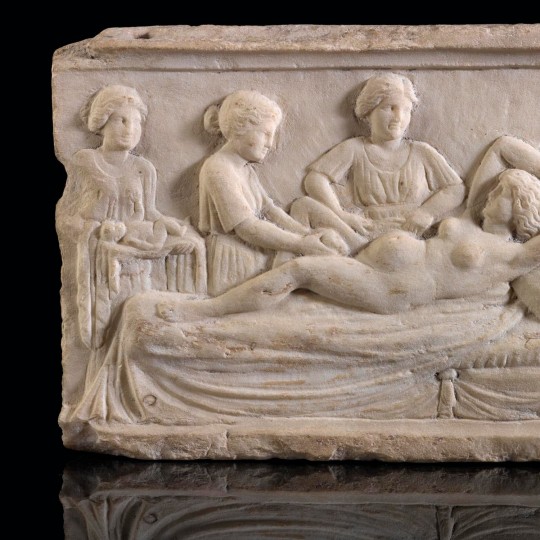
Childbirth in Ancient Rome
Childbirth in ancient Rome was considered the main purpose of marriage. Roman girls married in their early teens, and in elite society, some married before they reached puberty. The legal age for marriage was 12 for a girl; 15 was accepted as being an age fit for conception.
The ability to produce a family was also an explicit political concern in Roman society. Emperor Augustus (r. 27 BCE to 14CE) was particularly troubled by the declining birth rate, especially amongst the upper classes, when he promoted legislation, the Julian Laws in 18 BCE and the Papia-Poppaean Laws in 9 CE, which included measures to promote marriage and reward freeborn women who had more than three children.
Risks & Mortality
There were many risks involved during pregnancy both for mother and child; Pliny the Younger (61 to c. 113 CE) in his Epistulae highlights those risks when he writes of his own young wife, who did not realise that she was pregnant and failed to take certain precautions resulting in her suffering a miscarriage and being gravely ill (8.10). He also writes of the tragedy of two young sisters whom he knew, who both died giving birth (Epist. 4.21.1-3). For any pregnant young girl in labour, physical immaturity could have an adverse effect on the possibility of a normal birth; the remains of a 16-year-old pregnant female discovered in Herculaneum, buried by the eruption of Mount Vesuvius, indicates that this girl may have died anyway struggling to give birth because her immature pelvis was too narrow.
The rates of child mortality at birth or in the first five years of life were high with one in three children dying in their first year, many within the first few weeks. Fronto (95-166 CE), the tutor of Roman emperor Marcus Aurelius (r. 161-180 CE), tells of his own personal experience of having lost five children, losing each one separately, each one being born at a time when he bereaved another (1.2 Fronto, To Antoninus Augustus ii. 1-2). To counteract mortality rates, fertility rates needed to be high, a woman in antiquity on average gave birth five or six times as some of those children would not survive. Certainly, the cases of maternal and infant mortality would have varied with the socio-economic classes in Roman society; families in the lower classes had to cope with hardship and poverty, and for the newborn, the risks of infant mortality were compounded by poor diet, poor sanitation, and poor medical knowledge.
Continue reading...
124 notes
·
View notes
Text
The Colosseum, Rome, Italy
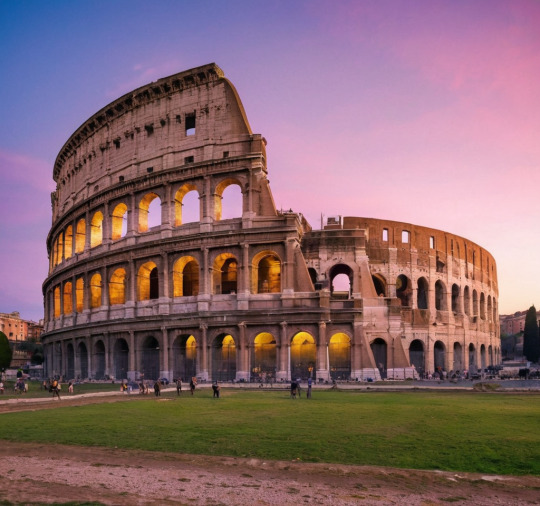
7 notes
·
View notes
Text
"Men speak opinions, not facts. Our eyes see perspective, not truth."

Marcus Aurelius Antoninus was Roman emperor from 161 to 180 AD and a Stoic philosopher.��
#RomanHistory#StoicismPhilosophy#EmperorMarcusAurelius#RomanEmpire#PhilosopherKing#WisdomOfTheAges#StoicWisdom#AncientPhilosophy#LeadershipPhilosophy#HistoricalFigures#RomanLeadership#PhilosophicalLegacy#ClassicalCivilization#ImperialRome#Epictetus#Meditations#RomanStatesman#PhilosophicalThoughts#today on tumblr#quoteoftheday
9 notes
·
View notes
Text
youtube
The Romans stormed the Jewish Temple in AD 70 and stole the Jewish treasure.
#WalktheBible#JewishTemple#SecondTemple#Rome#Treasure#TempleTreasure#RomanEmpire#SolomonsTemple#HerodsTemple#Jerusalem#UnderJerusalem#WesternWallTunnels#Israel#VisitJerusalem#VisitIsrael#holyland#Archaeology#BibleArchaeology#BiblicalArchaeology#ChristianPilgrimage#ChristianTraveller#DiscoverIsrael#Jesus#History#AncientHistory#bibletravel#christiantravel#shorts#walkthebibleshorts#Youtube
3 notes
·
View notes
Photo

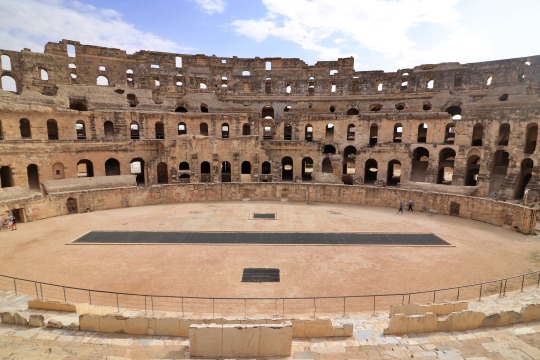
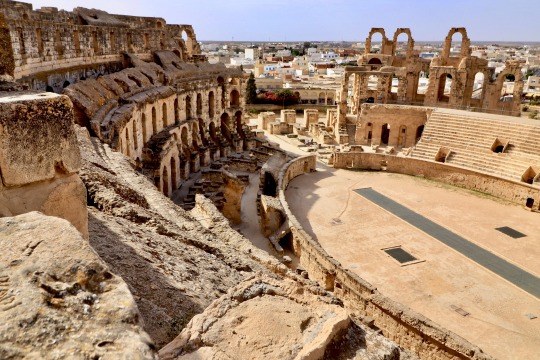
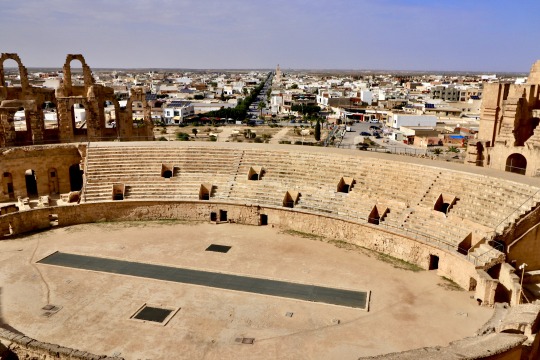
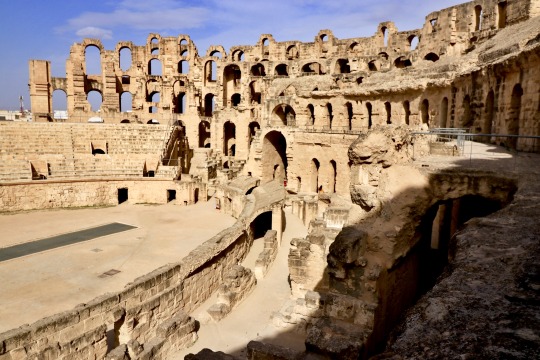
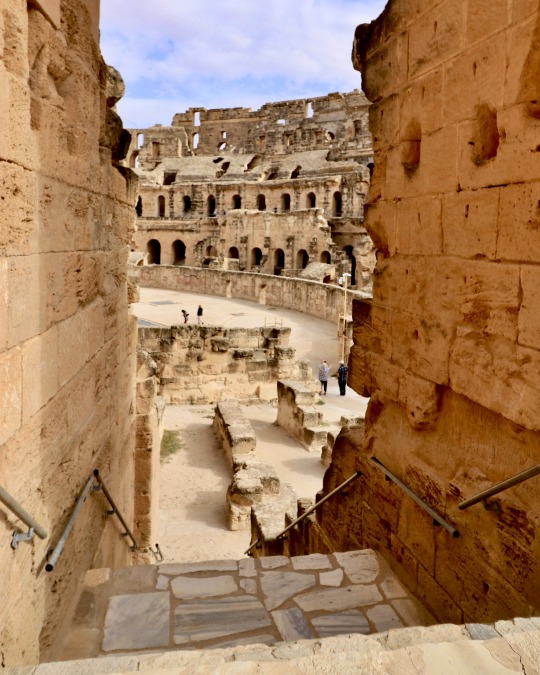




Amphitheater ( Colosseo ) of El Jem ( El Djem / Tunisia )
#eljem#eldjem#colosseo#colosseum#amphitheatreeljem#amphiteatre#romanruins#romanempire#romanarchitecture#romancolosseo#thysdrus#northafrica#africa#history#unescoworldheritagesite#unesco#adventure#discovertunisia#exploretunisia#tunisiatravel#visittunisia#aroundtheworld#travelphotography#travel#photooftheday#gladiators#tunisianheritage
15 notes
·
View notes
Text
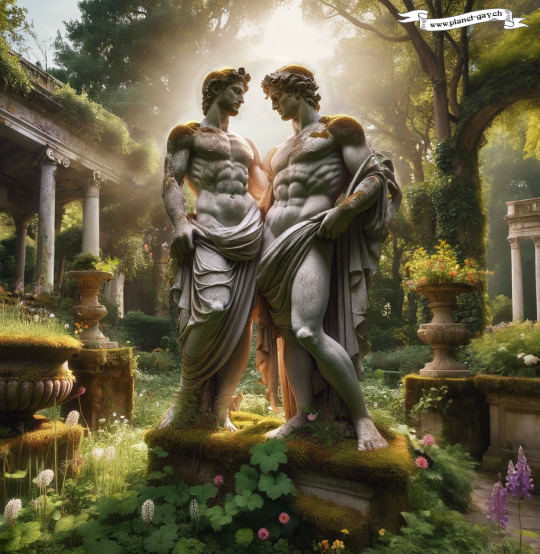
Abandoned Roman Villas (Part II)
As the Roman Empire faced its decline in the 5th century, it left not only political and cultural imprints but also its stately villas, which were gradually reclaimed by nature. These abandoned monuments caught the interest of the Norse and Germanic peoples as they moved through their new territories.
For the Norse peoples, who lived in a world shaped by nature where belief and myth were closely intertwined, the abandoned Roman estates must have appeared mystical and almost surreal. The magnificent buildings, standing amid wildly overgrown gardens and crumbling walls, were like windows to another world—a world left behind by the Romans, whose way of life was fundamentally different from that of the Germanic and Norse peoples.
The ruins were likely seen as places of great power and magic. Norse legends and traditions that deal with decayed structures often speak of "enchanted places" where the spirits of the past are still palpable. The villas might have been regarded by the Norse as magical sites inhabited by the spirits of the Roman nobility who once populated these halls.
Reports from this era are sparse, but it is likely that the Norse interpreted the Roman statues and artworks they found as representations of Roman gods and mythological scenes that were foreign to them. These artifacts may have been treated with reverence or even seen as potential relics or talismans that could offer power or protection.
The rapid reclamation of the villas by nature could also have been seen as symbolic of the victory of the 'wild' natural order over the 'civilized' Roman one. This fits well with the Norse view of nature as a central, life-giving, and sometimes destructive force.
While there are no concrete historical records of the Norse peoples' thoughts on the specific villas, we can speculate that these places were viewed as magical, eerie, and inhabited by spirits. The abandoned Roman villas were not only silent witnesses to past glory but also canvases for the mythologies and cultural expressions of the new 'owners' of these lands.
Overall, the ruins of the Roman villas provided the Norse and Germanic peoples with plenty of reasons for awe and speculation and were likely regarded as significant cultural and spiritual sites where the past and present mysteriously converged. These encounters with the remnants of Roman civilization may have contributed to a rich layer of myths and legends that shaped the Norse culture and its relationship with the past.
Text supported by Chat GPT-4
Base images generated with DALL-E, overworked with SD-1.5/SDXL inpainting and composing.
#AbandonedVillas#RomanEmpire#NorseMythology#CulturalHeritage#HistoricRuins#NatureReclaims#MythAndLegend#SpiritualSites#AncientCivilizations#CulturalConvergence
4 notes
·
View notes
Text

Inspired by Max Pechstein. A Christian, woman entering the Colosseum of Rome, to die, in 200 AD
#© Jeff Stanford#midjourney#midjourneyart#ai#discord#digitalart#aiart#Artists on tumblr#Colosseum#Christian#woman#martyr#saint#victim#Rome#RomanEmpire
14 notes
·
View notes